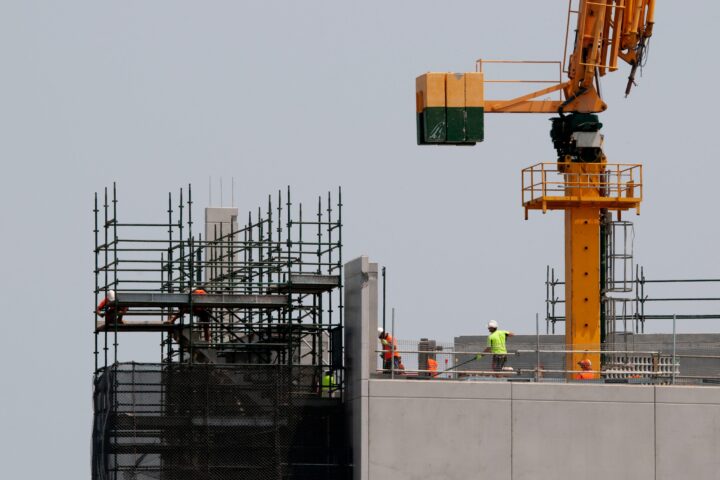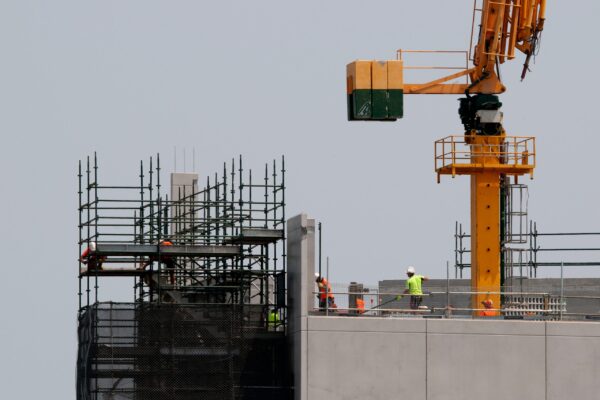Does the CoP apply to me?
The draft CoP is applicable to all QLD businesses covered by the WHS Act that perform:- Construction work, or
- Manufacturing of construction elements
- Using materials that contain more than 1% crystalline silica content, and
- Generate RCS, or make RCS airborne.
What does this mean for construction companies and worker safety?
The draft CoP will require businesses to comply with a strict code to protect worker health or face the prospect of potentially stiff penalties. While further changes may be made to the draft CoP before Ministerial approval is granted, this CoP will undoubtedly result in significant changes to the management of RCS exposures. Although duties currently exist for the management of RCS exposures, the draft CoP is very comprehensive. It also introduces exposure assessment and control principles as an Australian first. It’s likely the Queensland construction industry and those working on major construction projects will need to mature very rapidly.What can QLD construction companies do to prepare for the release of the Code?
Health Risk Assessments
Construction companies can look at running comprehensive Health Risk Assessments (HRA) to formally identify and evaluate health risks. This should include ALL health hazards, not just hazardous respirable crystalline silica (RCS). HRAs should clearly lay out the ‘significant risks’ and recommend appropriate exposure monitoring technology and processes as well as general health monitoring based on a clear set of identified triggers, likely to be spelt out in the regulations.Realtime Exposure Monitoring (Realtime Monitoring)
Forward-thinking companies are already pre-emptively moving toward putting in place exposure monitoring solutions using real-time software solutions to validate, A/B test and identify the need for new hazard exposure control, well before the code hits the streets. GCG’s RTM App Consider getting sites moving now before stricter requirements are implemented. We believe EN 689 is a suitable tool to use for this dynamic sector. It’s geared to make rapid decisions to determine if additional controls are required.Define the Hierarchy of Controls and Implement Intelligent Controls Management
It is critical that all those that will be governed by the CoP establish a clear hierarchy of hazard control to minimise or eliminate exposure to hazards. As a first step, we encourage companies to first minimise this exposure to hazards before jumping headfirst into arming every worker with respiratory protective equipment (RPE), something the sector has traditionally done but may not be the best first move to keep workers safe. Hazard control identification, validation and intelligent control management are often a much better and more practical first step, partially intelligent exposure controls software solutions to help keep workers safe. Need help with health risk assessment or looking to introduce a real-time exposure monitoring program? Contact Simon Crane at GCG simon.crane@gcg.net.au or phone GCG on 1300 424 474.
